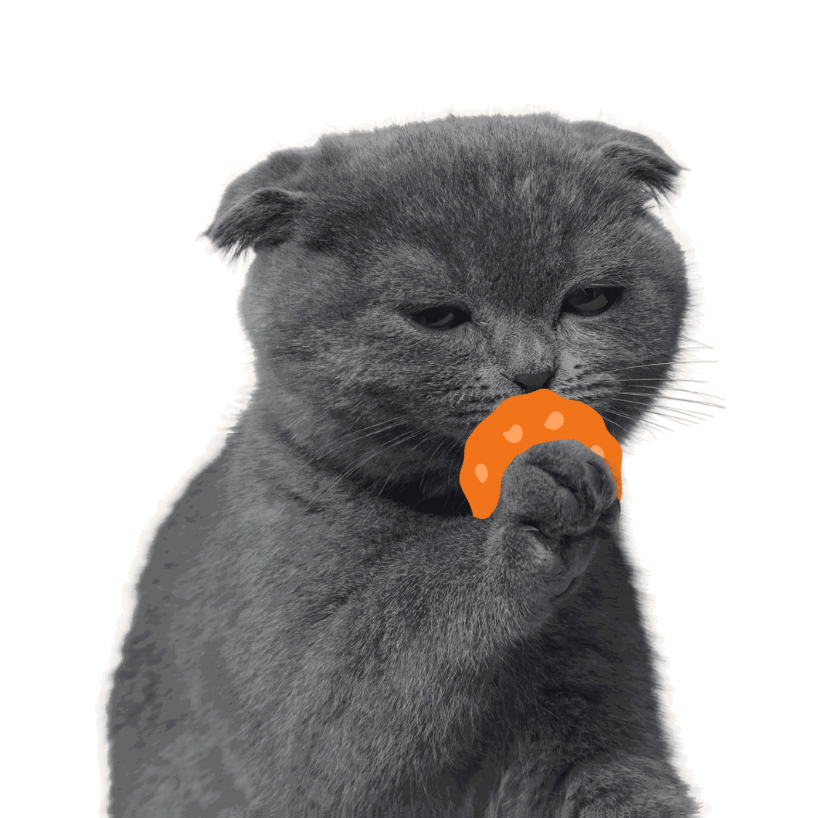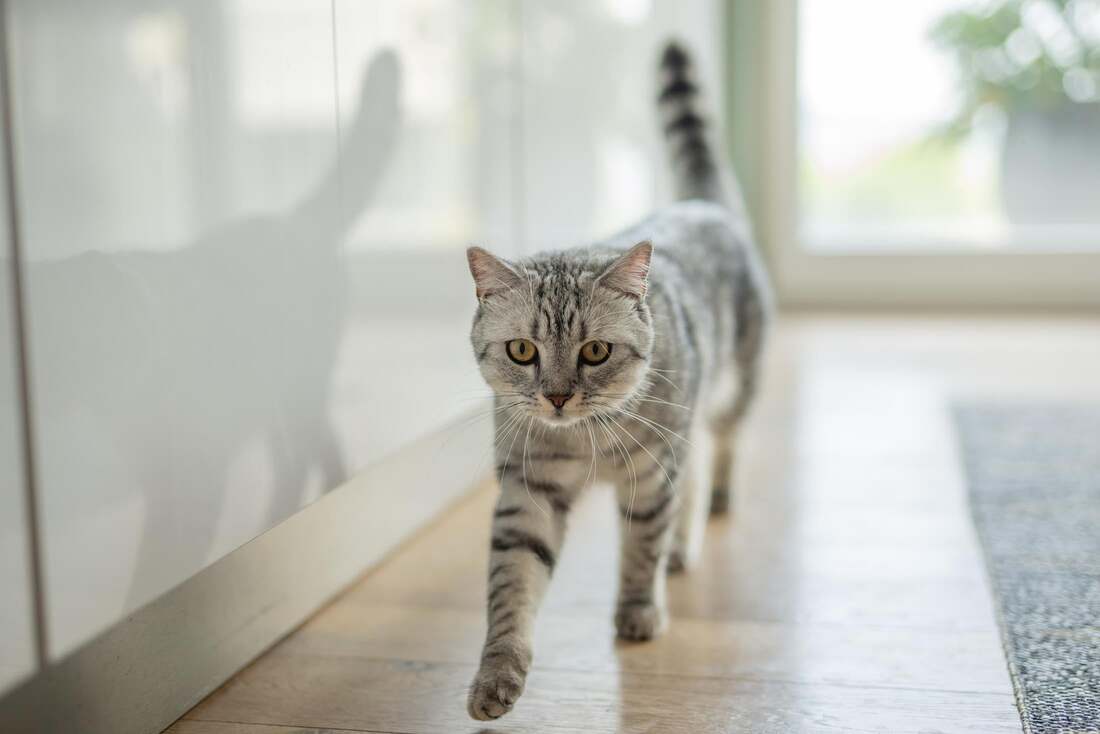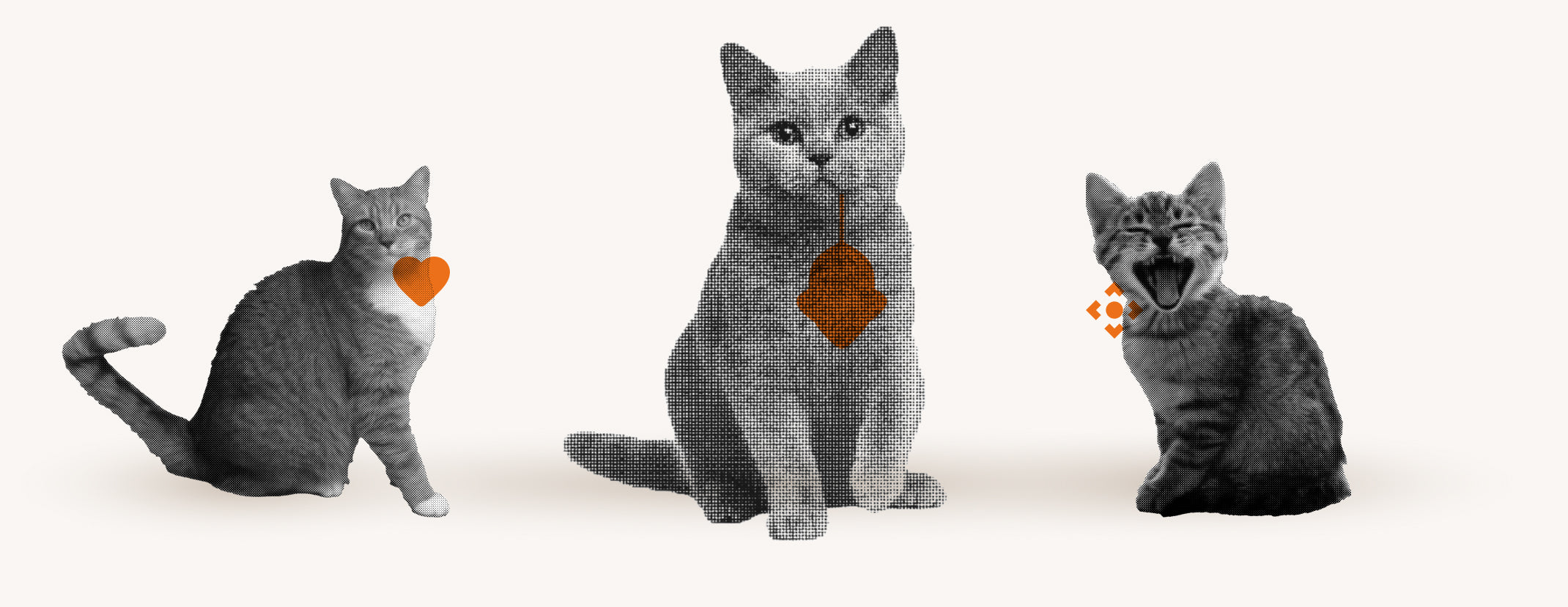Every cat owner knows the scenario: the food has barely been served and the nimble four-legged friend has already sneaked onto the table. It is not only unhygienic, but also frustrating when your cat does not want to understand that the dining table is not a place for them.
Consistency, clear commands and attractive alternatives are the key to teaching your cat to avoid the table.
In this article, you will learn how to successfully teach your cat to leave the table alone with understanding, patience, and the right training methods.
Basics of Cat Training: Understanding, Patience and Consistency

Before you start teaching your cat, it's important to understand their world . Cats are naturally curious and like to explore their surroundings, so jumping up on the table may just be part of their exploration. It's important to know that cats aren't acting out of malice, they're following their instincts.
Patience is key when it comes to training your cat. You can't expect behavioral changes to happen overnight. It's a process that takes time and you have to be patient. Remember that every cat is unique and some may need more time to learn new rules than others.
Consistency is another important aspect of cat training. This means:
- Use the same commands : Always give the same words or signs so that your cat understands them.
- Set boundaries : Establish clear rules and always stick to them so that your cat knows what is allowed and what is not.
- Everyone in the household should follow the same rules to avoid confusion for the cat.
In summary, understanding the natural behavior of cats , coupled with patience and consistency , forms the basis for successful cat training. It's not about dominating your cat, but rather lovingly and consistently showing it what is expected of it. With this approach, you lay the foundation for a harmonious coexistence with your cat.
Positive reinforcement: rewards instead of punishments

Positive reinforcement is a method that uses rewards rather than punishments to teach cats desired behavior. The trick is to reward the right behavior at the right time. For example, if your cat uses the scratching post, immediately give her a treat and tell her she's a good cat. It's important that the reward comes immediately after the desired behavior so your cat can make the connection between her behavior and the reward.
To use positive reinforcement effectively, you should keep a few things in mind:
- Reward consistently : Always use the same type of reward so your cat knows what to expect.
- Train at the right time : Just before mealtimes, when your cat is most likely to be motivated by food, are good training moments.
- Keep it short : Only train for short periods of time to avoid losing your cat's attention.
Ultimately, the goal is to reduce the rewards over time to avoid your cat becoming overweight. Start by gradually reducing the treat rewards and replacing them with emotional rewards like a loving "well done" or a play with their favorite toy. Be patient and consistent, and you will see your cat maintain the desired behavior even without constant treats. This will turn the initial reward into a permanent behavior change.
Attractive alternatives to the table for your cat

To discourage your cat from jumping on the table, it is important to offer attractive alternatives . Cats love to observe their surroundings from an elevated position, so make sure your cat has access to a cat tree or raised area from which they can overlook what is going on. This could be a cleared shelf or a cozy windowsill that is prepared especially for them.
Here are some ideas for attractive alternatives :
- Cat trees in different heights and with different lying areas
- Shelves or pieces of furniture that are safely accessible to the cat
- Window sills with soft cushions and maybe even a birdhouse outside the window to arouse curiosity Place these alternatives in rooms where you spend a lot of time so your cat doesn't feel isolated.
Reward your cat when she uses the new places to show her that these are the places she wants. Treats, petting and toys can be used as incentives. Note that it may take some time for your cat to accept the new places, so be patient and provide positive reinforcement for her behavior when she chooses the alternatives.
Use tools: Make the table unattractive

There are several tools and techniques you can use to stop your cat from jumping up onto the table without punishing it. For example, a device that shoots up into the air when touched can scare your cat and stop him from jumping onto the table. Other options include:
- motion sensors that trigger a blast of air
- Plastic mats that hold a static charge and are uncomfortable for the cat
- These methods will cause your cat to avoid the table because it perceives the experience as negative.
It is important that these aids do not hurt the cat , but only frighten or cause discomfort. This way, cats gradually understand that the table is not a pleasant place. Here are a few more ideas:
- Place light baking trays on the edge of the table that make noise when the cat touches them
- Apply adhesive tape to the edge of the table with the sticky side facing up
- Place plastic runners with knobs facing upwards on the table to make the surface uncomfortable Using these methods, the table will become unattractive to your cat without developing negative associations with you as the owner.
Control behavior with Flappie's intelligent cat flap
Flappie's smart cat flap offers an innovative solution to control your cat's behavior at home. The flap allows you to prevent your cat from bringing prey such as mice or birds into the house. This ensures a cleaner and more pleasant environment without having to take away your cat's natural instincts.
The benefits of Flappie are many and range from selective access control to exciting statistics on your cat's hunting behavior. Here are some of the most important features :
- prey detection through AI-controlled camera
- Notifications and remote control via the Flappie app
- Data protection , as the detection takes place locally on the device If you would like to learn more about Flappie or purchase it, simply visit https://flappie.ch.
Frequently Asked Questions
How do I keep my cat away from the table?
To keep your cat away from the table, it is important to be consistent, give clear commands and offer attractive alternatives. Understand your cat's natural behavior and be patient with it. Set clear rules and stick to them consistently. Offer your cat attractive alternatives such as cat trees or raised shelves so that it has another place from which it can observe its surroundings. Also use aids that make the table unattractive, such as plastic mats or motion sensors.
How do I show my cat what she is not allowed to do?
Show your cat what not to do by being consistent and setting clear boundaries. Always use the same commands and make sure everyone in the household follows the same rules. Positive reinforcement through rewards can help encourage the desired behavior. Reward your cat immediately after the desired behavior so that he can make the connection. Over time, you can replace treat rewards with emotional rewards such as praise or play.
Why does a cat lie on the table?
A cat lies on the table because it is naturally curious and likes to explore its surroundings. Jumping up onto the table may be part of its exploration. Cats are not acting out of malice, but rather following their instincts. They often seek elevated vantage points to overlook what is happening, which may be one reason why they lie on the table.
How do you say no to a cat?
To say no to a cat, use clear commands and be consistent. It's important to use the same words or signs every time so your cat understands. Make sure everyone in the household uses the same commands to avoid confusion. Positive reinforcement and attractive alternatives can also help show your cat what is and isn't wanted.





Share:
Why Cats Bite When Petted: Causes & Tips